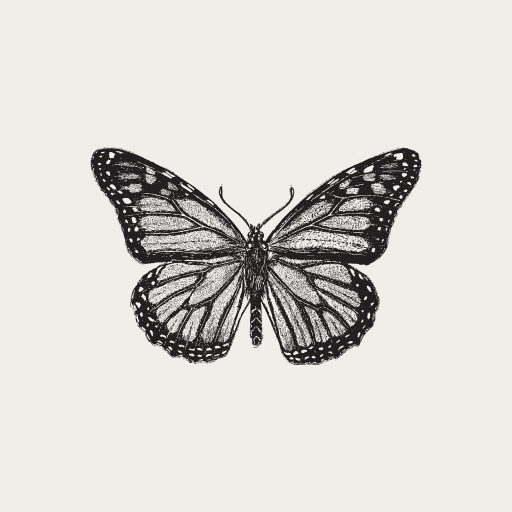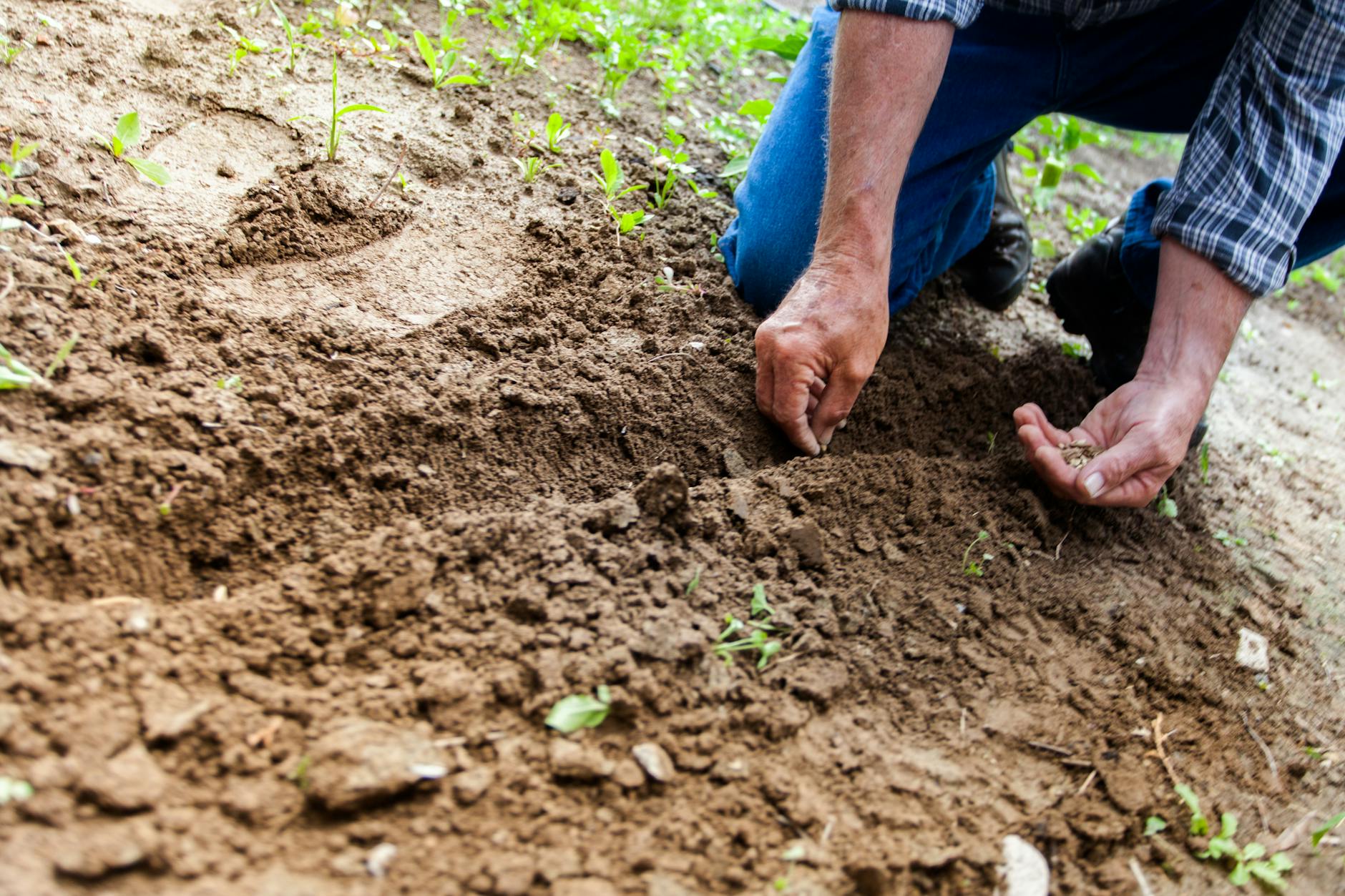A Practical Guide for Creating Educational Gardens
As a parent, educator, or community member, you may have wondered how to make a lasting difference in the lives of the next generation. One simple yet powerful way to do so is by advocating for the creation of native plant gardens in schools. These gardens offer more than just beauty—they serve as living classrooms, where students can explore the natural world, learn about ecology, and even contribute to the health of local ecosystems. By fostering an appreciation for nature through these gardens, we can inspire the next generation to become the stewards of our planet.
Why Native Plant Gardens Are Perfect for Schools
Native plant gardens are a wonderful educational tool for schools. They provide students with hands-on learning opportunities in subjects like science, biology, and environmental studies. Imagine a classroom where students can observe the lifecycle of pollinators, learn about plant growth and soil health, and understand the importance of preserving native habitats—all within their school grounds. These gardens aren’t just spaces for beauty; they’re rich with lessons about local ecosystems and biodiversity.
Additionally, native plant gardens offer significant environmental benefits. Native plants are adapted to the local climate, meaning they require less water, fertilizer, and pesticide than non-native species. By choosing plants that are well-suited to the environment, schools can reduce their ecological footprint while providing food and shelter for local wildlife, such as birds, bees, and butterflies.
Finally, these gardens can have a broader impact on the community. They create peaceful, sustainable spaces where students and staff can relax, reflect, and connect with nature. They also offer opportunities to engage the local community in environmental initiatives, turning the garden into a space for local environmental groups, workshops, or volunteer projects.
Steps to Help Schools Create Their Own Native Plant Gardens
- Start Small: Begin by choosing a small, manageable space on the school grounds. Perhaps there’s an unused corner, a courtyard, or a section near the playground. You don’t need a massive garden to make an impact—starting small allows for a phased approach, where the garden can grow over time.
- Involve Students and Teachers: Engage students in the planning and planting process. Not only will they enjoy getting their hands dirty, but they’ll also gain a deeper appreciation for the plants they care for. Teachers can incorporate the garden into their lessons on biology, art, or sustainability. Imagine students learning about plant anatomy, measuring rainfall, or even painting watercolor portraits of their favorite flowers!
- Research and Select Native Plants: Choosing the right plants is key. Focus on species that are native to your region, as they will be best suited to the local climate and soil. Native plants also provide vital resources for wildlife. Consider incorporating a variety of plants to attract pollinators like bees, butterflies, and hummingbirds.
- Seek Funding and Grants: Many schools face budget constraints, but there are often funding sources available for environmental projects. Local garden centers, community organizations, and even state or federal grants may be able to support the creation of a native plant garden. Crowdfunding or donations from parents and community members can also help get the garden started.
- Ongoing Care and Maintenance: Like any garden, a native plant garden requires regular care. However, compared to traditional gardens, native plants are often low-maintenance once established. Students can take turns caring for the garden, making it a fun and educational activity. The garden can also be a space for reflection and mindfulness, providing students with a connection to the environment on a daily basis.
Overcoming Challenges
Of course, creating a native plant garden isn’t always straightforward. Schools may face challenges such as a lack of knowledge, funding, or time. But these hurdles can be overcome with community involvement. Reach out to local gardening clubs, conservation groups, or botanical gardens for advice and resources. Many organizations are eager to support educational initiatives that promote sustainability. By building partnerships, schools can tap into the knowledge and resources needed to make the garden a success.
The Long-Term Impact of Native Plant Gardens in Schools
The creation of native plant gardens in schools isn’t just about adding some greenery to the landscape—it’s about instilling in students a lifelong appreciation for the natural world. These gardens offer more than aesthetic value; they serve as classrooms for hands-on learning, fostering a deeper understanding of the environment and the importance of conservation. By starting small, getting the community involved, and taking it one step at a time, we can help create spaces that not only beautify our schools but also educate and inspire future generations to care for the planet.
Growing Together – The Power of Native Plant Gardens in Schools
As I reflect on the idea of native plant gardens in schools, I’m reminded of the power of small actions. Each garden, each plant, each seed that is sown is a step toward nurturing a more sustainable, beautiful world. These gardens don’t just provide a place for wildlife; they provide a space for growth—for students, teachers, and the community alike. By planting the seeds of knowledge and stewardship, we’re cultivating a future where the next generation can continue the work we’ve started. Let’s plant these gardens of hope together, knowing that each little step can make a big difference.

